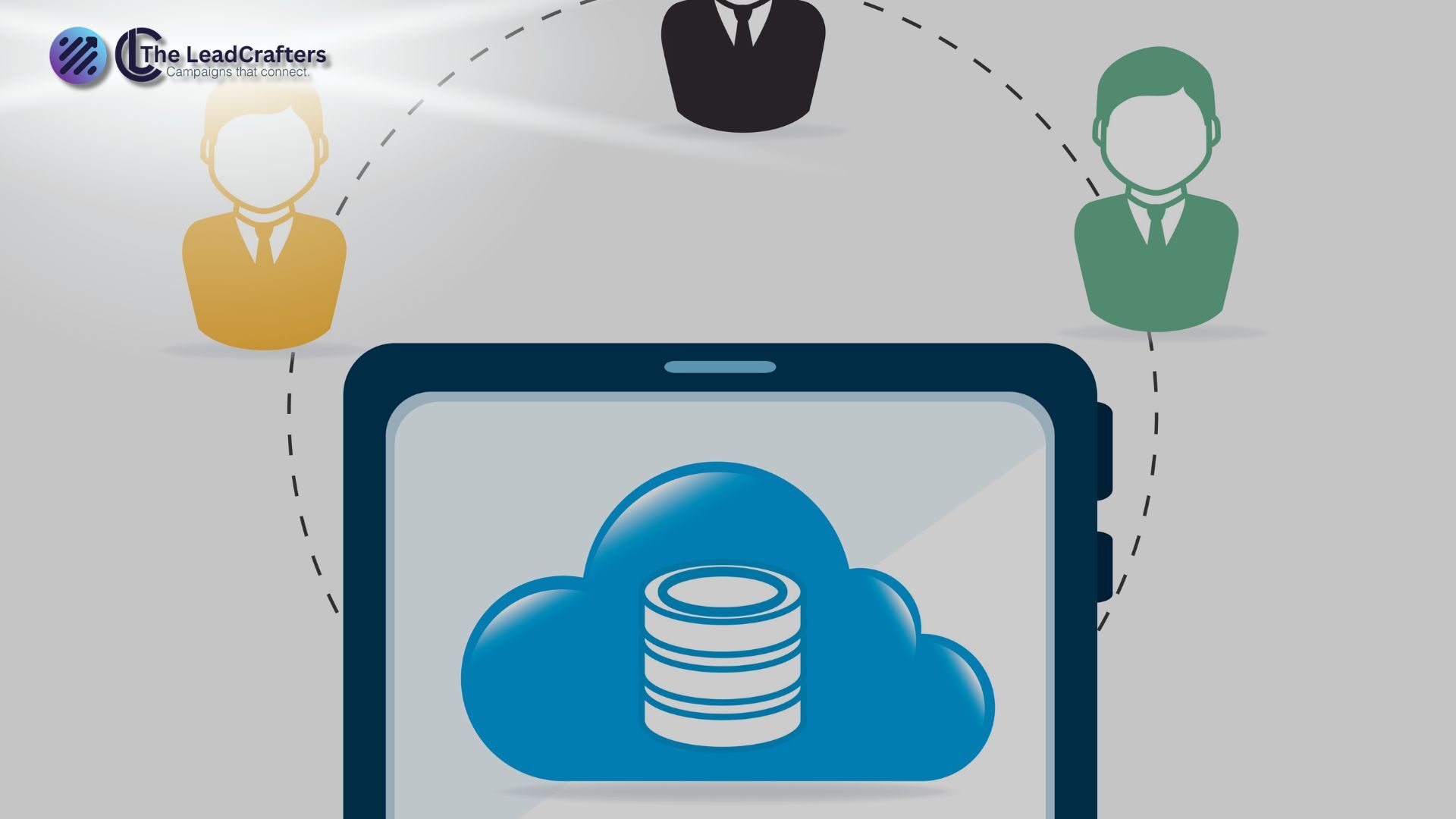In today’s competitive B2B marketplace, targeting the right companies and decision-makers has become more complex than ever. With buying cycles getting longer and sales funnels more crowded, marketers cannot afford to waste resources on unqualified leads. The secret to cutting through the noise lies in data-driven targeting—specifically the strategic use of behavioral data and firmographic data.
When combined, these two data types help businesses identify their ideal customers, understand buying intent, and deliver campaigns that resonate with precision. Let’s explore how this works and why it’s a game-changer for B2B demand generation.
1. What Is Firmographic Data?
Firmographic data is the B2B equivalent of demographics. Instead of describing individuals, it describes organizations. Key attributes include:
- Industry/Vertical – Which market does the company operate in?
- Company Size – Number of employees or annual revenue.
- Location – Where the business is headquartered or operates.
- Business Structure – Public, private, nonprofit, or government entity.
- Years in Operation – The maturity and stability of the company.
- Technology Stack – Tools and platforms already in use.
Firmographic data creates the foundation for your Ideal Customer Profile (ICP). For example, if you sell SaaS marketing automation tools, your ICP may be mid-sized B2B companies in North America with 200–500 employees and revenue between $20M–$100M.
2. What Is Behavioral Data?
Behavioral data focuses on how companies and their decision-makers interact with your brand across digital touchpoints. Unlike static firmographic information, behavioral data is dynamic and changes in real time. Common examples include:
- Website Visits – Pages viewed, time on site, repeat visits.
- Content Engagement – Downloads, webinar attendance, or blog reads.
- Email Interactions – Opens, clicks, and responses.
- Social Media Activity – Shares, comments, or ad interactions.
- Buying Intent Signals – Pricing page visits, demo requests, or case study views.
Behavioral data reveals where the prospect is in their buying journey—whether they are just becoming aware of a problem or actively comparing solutions.
3. Why You Need Both Data Types
Using only firmographic data is like knowing who your audience is, but not what they’re doing. On the other hand, relying only on behavioral data shows you how they’re acting, but not whether they’re the right fit for your business.
When you combine both, you get a 360-degree view:
- Firmographics answer: Does this company fit my ICP?
- Behavioral data answers: Are they showing intent to buy right now?
Together, they enable precise targeting, smarter prioritization, and more personalized campaigns.
4. Benefits of Combining Behavioral and Firmographic Data
A. More Accurate Lead Scoring
By assigning scores to both fit (firmographics) and interest (behavioral), you can prioritize high-quality leads that are both the right type of customer and actively engaging with your brand.
B. Improved Personalization
Firmographics let you tailor messages by industry, size, or role, while behavioral insights allow you to deliver them at the perfect time based on prospect activity.
C. Smarter Account-Based Marketing (ABM)
With firmographics, you identify target accounts. With behavioral data, you know exactly when to engage them and what content to deliver.
D. Shorter Sales Cycles
Sales teams waste less time chasing unqualified leads. They focus on accounts that match the ICP and are already showing strong buying intent.
E. Higher ROI
Campaigns targeted using both data types see significantly better conversion rates, ensuring your marketing dollars go further.
5. Practical Applications
1. Building an ICP with Firmographic Data
Start with the basics—define company size, geography, and industry. Then, refine by layering in other attributes like technology stack or funding stage.
2. Identifying In-Market Accounts with Behavioral Data
Track engagement signals such as webinar attendance or frequent visits to product pages. This indicates accounts that are actively researching solutions.
3. Dynamic Lead Scoring
Create a model that weighs both fit and intent. For example:
- +20 points for being in the right industry (firmographic)
- +15 points for viewing the pricing page (behavioral)
- +10 points for attending a webinar (behavioral)
Leads that cross a threshold automatically qualify for sales outreach.
4. Trigger-Based Campaigns
Use behavioral triggers to launch campaigns. If a prospect in your ICP downloads a case study, follow up with an email offering a demo or consultation.
5. Content Personalization
- A financial services company might receive compliance-related case studies.
- A SaaS startup might receive resources on scaling technology adoption.
Both firmographic and behavioral signals dictate which assets to serve.
6. How to Implement This Strategy
Step 1: Collect and Clean Firmographic Data
Leverage CRM systems, enrichment tools, or first-party data collection. Ensure accuracy by updating regularly.
Step 2: Track Behavioral Engagement
Use analytics, marketing automation, and intent tracking tools to capture interactions across channels.
Step 3: Integrate Data Sources
Unify behavioral and firmographic data into a single view. A connected tech stack (CRM + marketing automation + analytics) is key.
Step 4: Create Segments
Segment by both company attributes and behavior. For example:
- Segment 1: Mid-sized IT firms actively engaging with case studies.
- Segment 2: Large enterprises visiting pricing pages.
Step 5: Design Personalized Journeys
Map content and messaging to each segment. Deliver industry-specific assets when engagement signals peak.
Step 6: Optimize and Iterate
Regularly analyze performance, refine ICP definitions, and adjust behavioral thresholds.
7. Challenges to Watch Out For
- Data Accuracy – Firmographic details like company size or revenue can quickly become outdated.
- Integration Gaps – Siloed systems make it difficult to align firmographic and behavioral data.
- Over-Segmentation – Being too narrow reduces campaign reach. Balance precision with scale.
- Privacy Concerns – Be transparent about tracking behavioral data and comply with GDPR/CCPA.
8. Best Practices
- Automate Data Enrichment to keep firmographics fresh.
- Use Multi-Touch Attribution to understand behavioral journeys better.
- Score Both Fit and Intent instead of relying on one data type.
- Invest in ABM Platforms that integrate firmographic and behavioral insights seamlessly.
- Align Sales and Marketing Teams on ICP and scoring models.
9. Example: How It Works in Practice
Imagine you’re a B2B SaaS provider selling HR software.
- Firmographic filter: Companies with 200–500 employees in tech and finance sectors.
- Behavioral signals: A decision-maker from such a company downloads your “Future of HR Tech” whitepaper, attends your webinar, and visits your pricing page twice in one week.
This prospect scores highly on both fit and intent, making them a prime candidate for immediate outreach. Instead of cold-calling 500 random companies, your sales team focuses on one account with a much higher chance of converting.
10. Conclusion
B2B targeting is no longer just about who your audience is—it’s also about how they behave. By combining firmographic data (who fits your ICP) with behavioral data (who’s showing intent), businesses can achieve sharper segmentation, more relevant messaging, and significantly higher ROI.
For companies serious about growth, this approach isn’t optional—it’s essential.
At The LeadCrafters, we help businesses harness the power of data to drive demand generation success. Ready to transform your B2B targeting strategy? Get in touch with us today and start converting more of the right leads into long-term customers.



